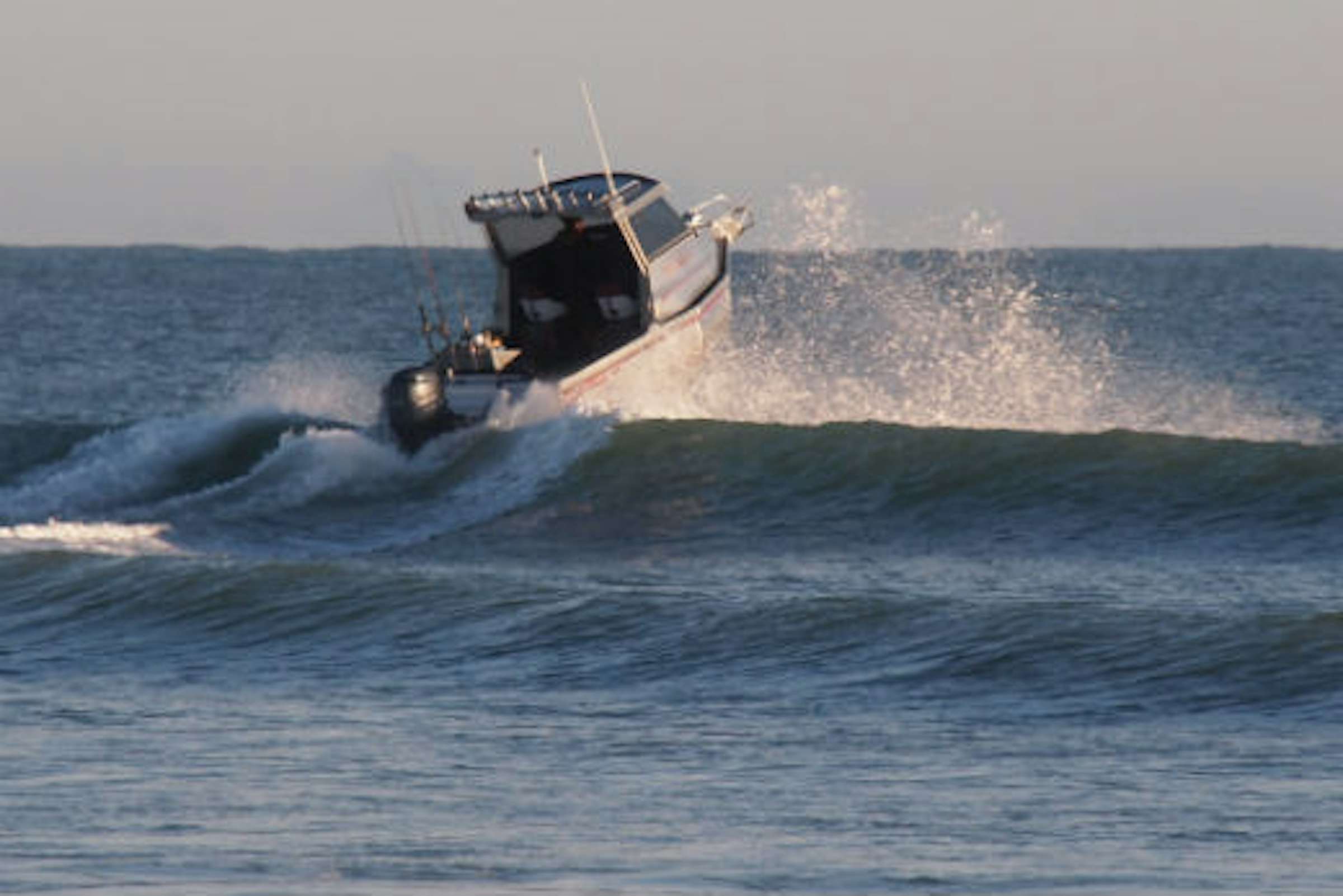
Tips for Crossing the bar safely
December 2017
There are a number of bar crossings in New Zealand. These harbours have shallow shoal across the entrance which can create risky conditions in specific winds and tides. Low tide is especially unsafe.
Before trying to cross the bar of any harbour, it is recommended to seek for local advice, have knowledge about the area and ask an experienced skipper to accompany you on your travel.
Before you cross a bar:
- Get the latest weather forecast of the area.
- Check the tides, examine the bar at low tide if possible and familiarize yourself with the local features of the bar you are planning to cross.
- Make sure the steering, engines and other equipment are working properly;
- When conditions are unfavorable an ample experience may not be enough for crossing a bar safely. The skipper’s experience level and vessel type must be highly considered;
- A quick change in conditions might prevent a safe return to the harbour. Vessels unfit to withstand adverse seas outside the bar should not leave port. Vessels leaving for longer journeys should guarantee that they have sufficient fuel and arrangements to empower the vessel to stay adrift or potentially redirect to another port should unfavorable bar conditions win on their return.
- Radio or call your local coastguard or phone buddy if you are isolated to advise them of your crossing, tell them you will call in after completing the crossing.
During a bar crossing
- Safely secure or close all deck openings, hatches and entryways;
- Make sure that your vessel has satisfactory strength. All loose objects including gear on deck, ice slurry canisters and their covers must be secured. Guarantee all weights, including travelers, are as low down in the vessel as possible;
- Make sure that everybody on board is alert and dressed;
- Each individual on board should wear an appropriate lifejacket. Children should be nearly checked;
- The way to deal with the bar ought to be made at a moderate speed so speed can be increased or slackened as conditions manage;
- A lookout observing behind should be posted keep the helmsman educated of the approach of hazardous building swells;
- To ensure adequate sea room and mobility, keep a safe distance and stay away from different vessels crossing the bar;
- If all else fails DO NOT cross the bar.
After crossing
- Call the Coastguard or your radio/phone buddy to advise you are safely across.
Keep in mind, it is at last the skipper’s duty to decide if to cross a bar!